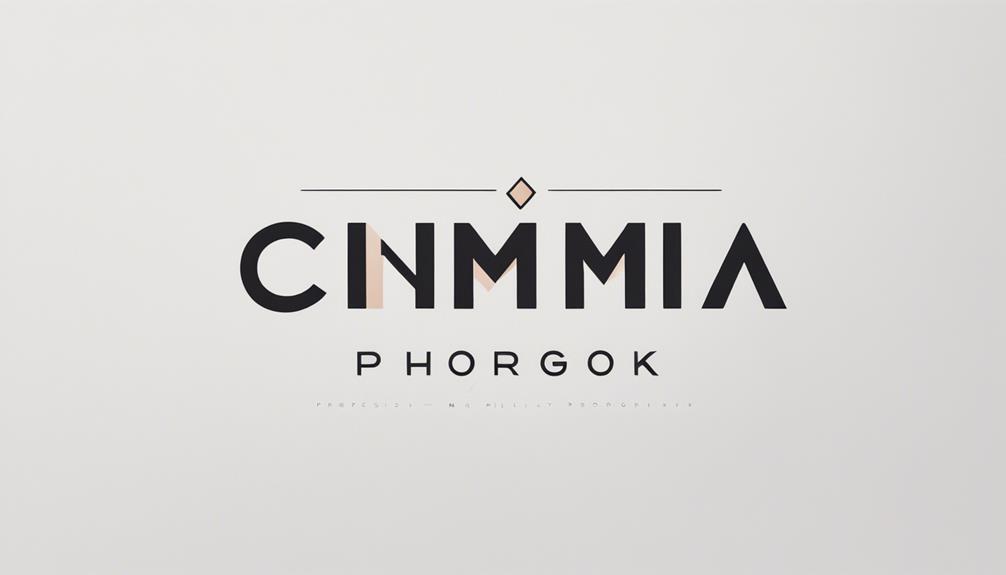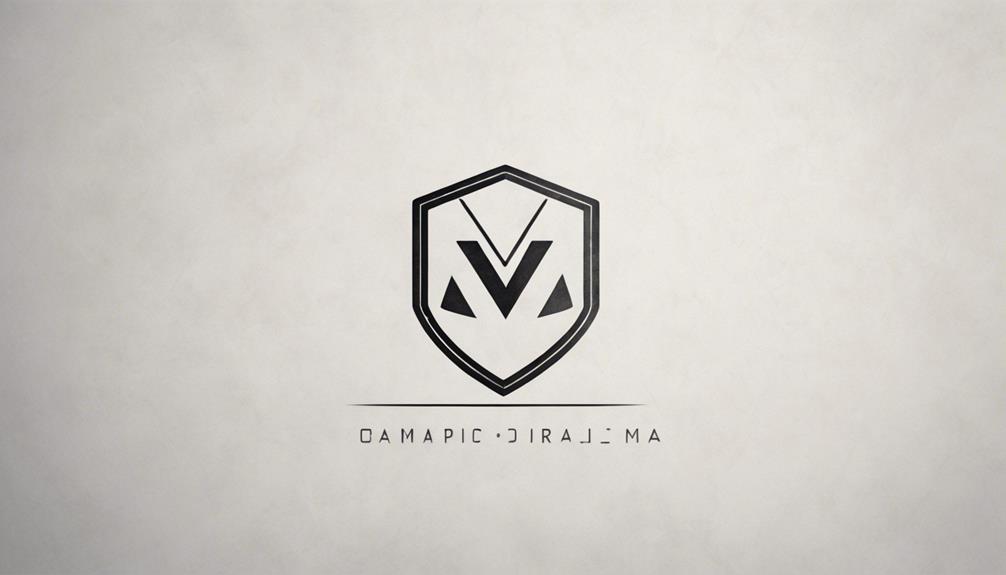Brands are embracing simplicity to create stronger identities because it fosters immediate recognition and builds emotional connections with you, the consumer. Streamlined designs cut through the advertising noise, making them more memorable. With over 50% of consumers preferring emotionally resonant brands, simplicity enhances trust and encourages higher spending. Successful examples like Pinterest and Airbnb show how clear fonts and icons improve approachability and relevance. Best practices include mobile-first designs and consistent visual elements to solidify brand identity. If you're curious about how brands navigate the challenges of simplification, there's much more to uncover.
Key Takeaways
- Simplified visual identities enhance instant recognition, fostering emotional connections that lead to increased consumer loyalty and spending.
- Brands like Pinterest and Airbnb illustrate how clear fonts and streamlined designs improve readability and memorability.
- Adopting mobile-first designs ensures accessibility and relevance, aligning with modern consumer preferences for simplicity.
- Consistency across all media strengthens brand identity and builds trust among consumers, essential for lasting relationships.
Benefits of Simplified Visual Identity
In today's fast-paced market, a simplified visual identity helps your brand achieve instant recognition and fosters lasting emotional connections with consumers.
When you streamline your design, it cuts through the advertising noise, making it easier for people to remember you.
Research shows that simplicity enhances brand recall and boosts loyalty, with over 50% of consumers gravitating toward brands they emotionally connect with.
This trust translates into higher spending, as consumers feel more confident in their choices.
A clear, straightforward design not only engages your audience but also positions your brand as modern and relevant.
Successful Case Studies

Many brands have successfully embraced simplification in their visual identities, showcasing the tangible benefits of this strategy through real-world examples.
You can see how these companies have strengthened their presence and connection with customers by simplifying their designs:
- Pinterest shifted from cursive to clear fonts, enhancing readability and brand recognition.
- Airbnb adopted streamlined fonts and clear icons, making their identity more approachable and memorable.
These case studies highlight how a focus on simplicity can lead to improved brand identity, stronger emotional connections, and greater consumer loyalty.
Embracing simplicity could be your next step toward a more recognizable and impactful brand.
Best Practices for Simplicity

Embracing best practices for simplicity can greatly enhance your brand's visual identity and consumer engagement.
Start with a mobile-first design to guarantee your brand is accessible on smaller screens.
Choose no-frills, sans-serif fonts for a timeless appeal that resonates with your audience.
Flexibility is key—design your identity to allow for future changes without a complete overhaul.
Incorporate recognizable symbols to boost your online presence and make your brand memorable.
Consistency across all media and platforms is essential; it solidifies your brand identity and fosters trust.
Challenges in Simplification

While simplifying your brand's visual identity can enhance recognition, it also poses risks of diluting brand personality and losing distinctiveness. You might find that in the quest for simplicity, your brand starts to blend in with competitors. Striking the right balance between simplicity and impact is vital.
Consider these challenges:
- Loss of Identity: An overly simplified design might strip away unique elements that define your brand.
- Brand Storytelling: Simplification should still convey your brand's values and narrative effectively.
Navigating these challenges is fundamental to guarantee your brand remains memorable and true to its core identity.
Emerging Trends and Insights

Emerging trends in brand simplification highlight a growing preference for minimalist designs that resonate emotionally with consumers.
You'll notice brands like Pinterest and Airbnb adopting clearer fonts and icons, making their identities more memorable. This shift isn't just about aesthetics; it's about fostering deeper connections.
Over 50% of consumers now prefer brands that evoke emotions, leading to increased loyalty and trust. Simplified designs cut through the advertising noise, allowing your brand to stand out.
As competition intensifies, a strong, simple visual identity can enhance engagement and recall. You'll want to embrace mobile-first designs and recognizable symbols while ensuring consistency across all platforms.
This approach not only strengthens your brand identity but also aligns with current consumer preferences.
Frequently Asked Questions
How Do Consumers Perceive Brands That Simplify Their Visual Identity?
When brands simplify their visual identity, you perceive them as more approachable and trustworthy. This clarity fosters emotional connections, making it easier for you to remember and engage with the brand, enhancing your overall loyalty.
What Role Does Color Play in Simplified Brand Designs?
Color plays a vital role in simplified brand designs. It evokes emotions, enhances recognition, and creates associations. By choosing the right colors, you strengthen your brand's message and guarantee it resonates with your audience effectively.
How Can Small Businesses Implement Visual Identity Simplification Effectively?
Over 50% of consumers prefer brands with emotional ties. To simplify your visual identity effectively, focus on clear fonts, recognizable symbols, and consistent design across platforms. Engage your audience by enhancing emotional connections through simplicity.
What Tools Are Available for Evaluating Brand Simplicity?
To evaluate brand simplicity, you can use tools like design audits, consumer feedback surveys, and A/B testing. These methods help you assess clarity, recognition, and emotional connection, ensuring your brand resonates effectively with your audience.
Can Simplified Branding Impact Social Media Engagement Positively?
Yes, simplified branding can positively impact your social media engagement. Clear visuals and concise messaging grab attention, making it easier for your audience to connect emotionally, share, and ultimately boost your brand's online presence.
Conclusion
In a world cluttered with visual distractions, embracing simplicity is like finding a clear path through a dense forest.
When you strip away the excess, your brand shines like a beacon, guiding consumers toward deeper connections and loyalty.
Just as Pinterest and Airbnb have shown, a streamlined identity can transform perceptions and foster trust.
So, as you commence on your journey of simplification, remember: less really can be more, illuminating your brand's unique essence in a crowded marketplace.









